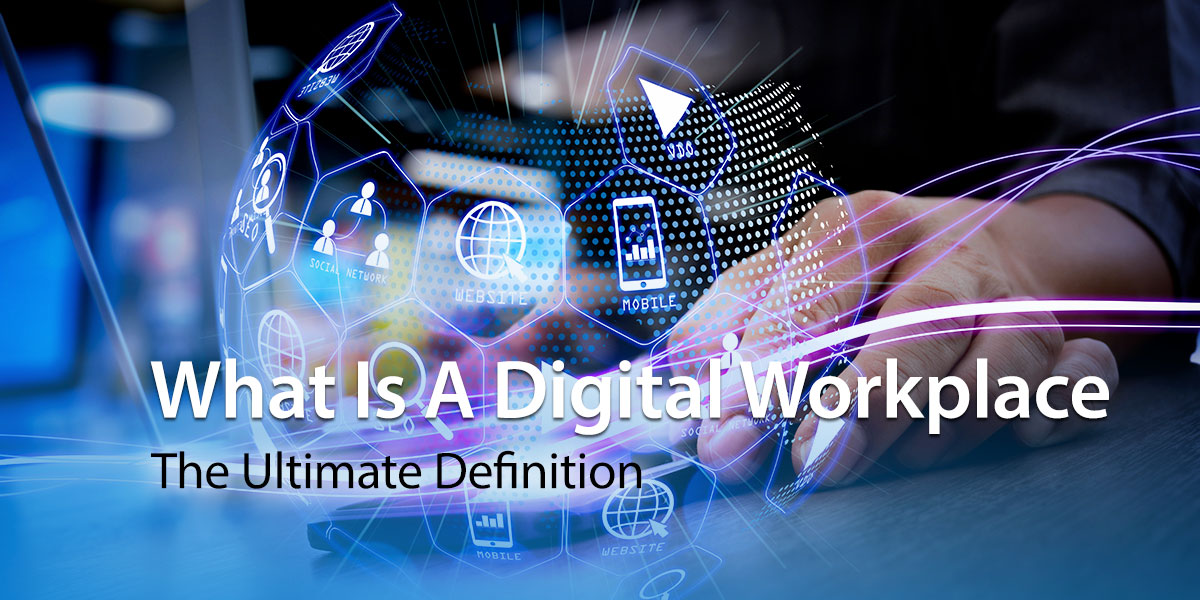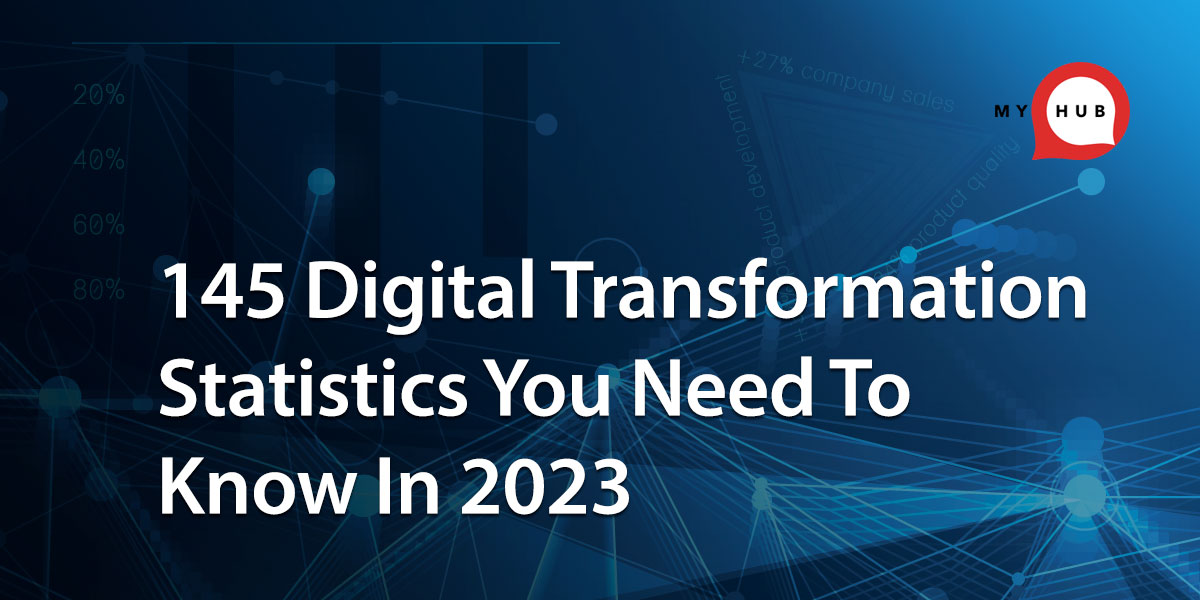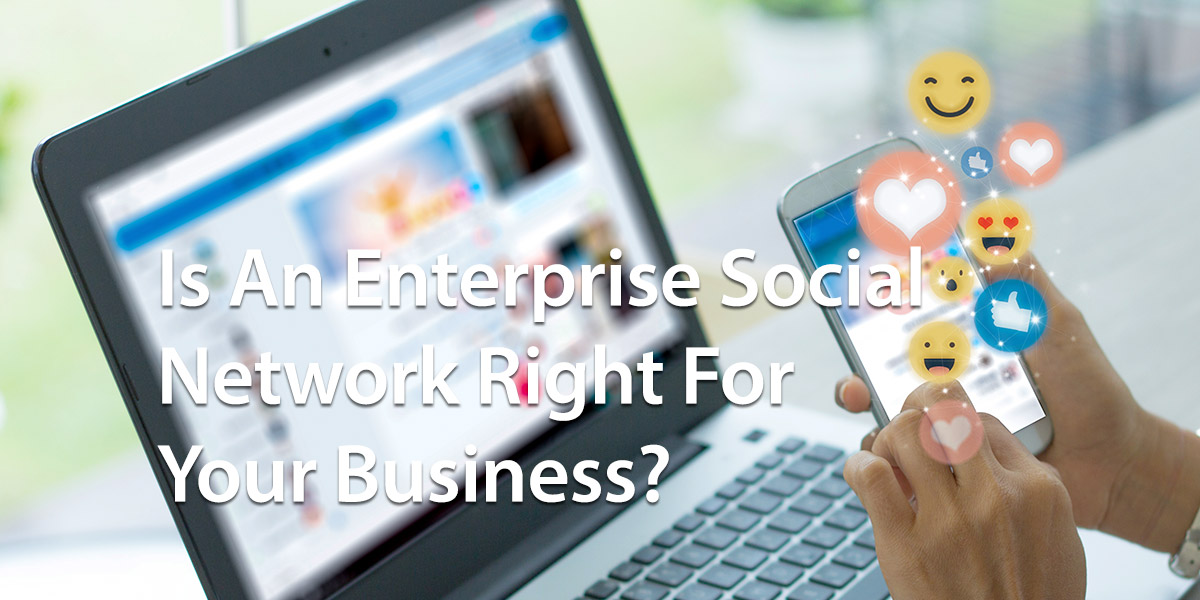First coined by DWG in 2009, back then the term digital workplace was new and exciting. Organizations were tentatively embracing the cloud, setting up intranets, and jumping on the Yammer bandwagon. Fast forward several years and one pandemic later, and it’s a different story. Nowadays, it seems everyone has a digital workplace. But while the term has moved into the everyday vocabulary of businesses worldwide, it’s still poorly understood. Many executives think it’s just a bunch of apps. Others believe it’s only for remote working.
This ultimate definition puts paid to the confusion as we explore what the digital workplace looks like today. We answer all your questions, including the following:
- What is meant by digital workplace?
- Why do we need it?
- What are the benefits to employees and the organization?
- How do you create one?
So, carry on reading if you want to ensure your digital workplace is aligned with current best practices.
What Is The Digital Workplace?
The simplest way to look at it is this:
The digital workplace is the virtual version of your physical workplace. It’s a centralized collection of tools, data, and apps that workers use to get the job done. And it allows for anywhere, anytime and any device working.
Standard features include the following:
- Single-sign-on, gateway access
- Collaboration tools
- Business instant messaging and communication platforms
- Cloud storage
- Knowledge management tools
- Document storage and sharing
- Automated workflows
- Project management
- Mobile integration
- Business apps, such as CRM, ERP, and CAD tools
- Plus, a whole lot more.
Hybrid Working: Why We Need The Digital Workplace
There’s no doubt that the pandemic has revved up and accelerated the shift towards digital transformation. Research from Deloitte estimates that Covid has speeded up the process by five to ten years. And while the transition to remote working may have been painful to begin with, most organizations have successfully adapted.
And that’s good news because remote working in some form is here to stay. Forrester reports that working from home will increase 300 percent compared to pre-Covid levels.
And it’s clearly a preference for most workers. Research from Qualtrics discovered that 35 percent of employees would look for another job if forced to return to the workplace full-time. And that strength of feeling is borne out by plenty of other studies, which is why hybrid working has become the norm. The latest Microsoft Work Trend Index found that 66 percent of employers worldwide are developing hybrid arrangements.
How we work has changed forever. With more employers supporting the distributed workforce model, completing tasks and communicating with colleagues now take place online.
And as the physical office is no longer the only place to work, digital touchpoints play a vital role. They ensure employees stay motivated, informed, and engaged in what they do.
The onus is on the employer to optimize the digital workplace experience for employees. Security, fast access, and intuitive, compatible software are essential when transitioning into a digital workplace.
Key Benefits Of A Digital Workplace For Employees And Organizations
The advantages of adopting a digital workplace spread wider than most businesses initially anticipated. Here are some of the expected and unexpected benefits:
Team Collaboration
Improved levels of problem-solving, interaction, and knowledge sharing for all-round improved collaboration.
Flexible Working
Allows employees to work from home, supporting more flexible hybrid working.
Productivity Boost
Increased efficiency and employee productivity through improved communications.
Innovation
With the right channels, great ideas can come from anywhere – not just the boardroom.
Improved Transparency
Enhanced traceability and transparency amongst teams, reducing errors.
Hidden Savings
Decreased employee commuting expenses, business real estate costs, and central overheads.
Employee Experience
Improved personal experiences through greater inclusivity and integration of tasks.
Retain Talent
Lower employer turnover rates due to improved work/life balance and engagement.
Enhanced Customer Experience
Provide frontline workers with the tools needed to resolve customer issues rapidly.
Knowledge Management
Capture and share the valuable knowledge and experience of your people.
Increased Efficiency
Less time spent switching between platforms and searching for information equals more time on being productive.
What Are The Essential Components Of A Digital Workplace?
When it comes to implementing a digital workplace, there are three crucial components:
- People
- Tools
- Culture
These three facets are equally important and need to work harmoniously for a successful outcome. Let’s dive deeper into each component.
People
Your people are at the heart of the digital workplace. In fact, they are the whole reason behind its existence. However, evidence suggests a digital skills gap exists, and workers are being left behind in the technological race.
The Global Digital Skills Index found that almost 75 percent of workers do not feel equipped to learn the digital skills needed now. And 76 percent say they feel unequipped for the future.
Rather than introducing technology solutions for the sake of it, organizations must ensure a clear alignment with employees’ needs. The primary focus has to be providing the right tools at the right time to the right people.
And organizations should invest in training and upskilling staff to get the best out of their tech stack. And it’s well worth the investment. Research from Salesforce and RAND Europe suggests that the digital skills gap impacts business growth. The survey found that 14 of the G20 countries could miss out on $1.5 trillion in aggregate GDP growth.
Tools
Most businesses already have some digital initiatives in place. According to one survey, only 23 percent of companies have no digital operations or products.
However, often there’s a lack of cohesion and overall vision. One study reported that a whopping 75 percent of executives believe their company departments compete instead of collaborating on digital initiatives.
Organizations need to focus more on developing a cohesive digital strategy to maximize the benefits. Employee needs and business processes should be the driving force and will help you identify what’s essential for your digital toolbox.
Culture
Your culture guides the way you work. Whether working remotely, hybrid or full-time in the office, staff should enjoy a comparable employee experience. A supportive, inclusive company culture that embraces flexible working is vital. Your digital workplace should ensure all employees can share, engage and connect with each other and the organization.
After all, employees in organizations with technology supporting them at work are 230 percent more engaged. And for an extra bonus, are 85 percent more likely to stay for longer than three years.
Tips For Creating A Digital Workplace
Here are some practical tips to help you get started. Use these to blend your existing apps with new technology to create the ultimate user experience and a high-performing environment.
1. Involve The Right People To Steer The Project
Senior ownership is vital, but so is the inclusion of representatives driving the technology. C-suite executives may be the driving force in most businesses. However, research shows that success is 1.6 times more likely in companies with an actively involved Chief Digital Officer.
2. Ensure Alignment With Business Strategy
Keep your big picture in mind. Ask yourself whether this new tool will enable us to achieve our goals? And how will it help our people?
3. Consider Internal Culture
How flexible will staff be to new technology and digital experiences? Develop an internal communications program to explain the benefits of digital technology and how vital it is in today’s workplace. And most of all, make it easy for workers to do their job.
4. Deliver Business Value
Avoid falling for the ‘shiny new thing.’ Stay true to the original outcomes your business needs.
5. Research Technologies
A good case study, a free demo, or a call with a current user – are all helpful ways to shortlist new technologies. Multiple service providers are playing in a very dynamic, competitive digital market.
6. Consider Risk, Compliance, And Legal Consequences
There are essential regulations surrounding data management and security that you must consider.
7. Develop A Roadmap
Set a clear vision and identify achievable goals for the whole organization and different business units. Assign responsibilities and set some timelines. Finally, determine your KPIs and success metrics.
Digital Workplace Challenges
As with any organizational change, you will face challenges. Here are the most common ones.
Employee Resistance
According to McKinsey, 70 percent of digital initiatives fail due to employee resistance. Even at the best of times, workers are often resistant to change. And with the digital skills gap, it’s no surprise that some are not embracing the digital revolution. Employers have to work hard to bring their staff along on the journey. Emphasizing how digital workplaces will benefit the workforce is crucial, alongside a program of training and upskilling.
Security
Cybersecurity and privacy breaches regularly make the headlines. One IT security and C-suite executive survey found that 82 percent had experienced at least one data breach because of digital transformation. And the security threat is magnified when staff use their own devices for work.
Your digital workplace needs robust security measures supported by a comprehensive end-user security awareness program.
Distractions And Productivity
Careful management is needed, whether it’s loneliness affecting performance or the inevitable distractions of working from home. According to Gensler, 50 percent of Gen Z and Millennials are distracted when working remotely.
However, other research suggests productivity can increase. One study found that 77 percent of remote workers were more productive working from home. So, managers will need to keep a watchful eye on productivity in hybrid environments as different workers have varied experiences.
Digital Workplace: Future Trends
What are the anticipated trends at play when today’s graduates become tomorrow’s C-suite, artificial intelligence is mainstream, and the traditional office is no more?
Here’s our view of the future and the role of the digital workplace:
Cloud-based Solutions
Effective cloud services with unlimited access are essential to support hybrid working.
No Standing Still
Technology will continue to evolve, either organically or intentionally. Status quo is not an option.
All-On Automation
Traditional ways of working will continue to be disrupted; automated processes will increase.
Tech Choice Matters
Technology stack choices will become more critical when attracting staff and tech compatibility.
Staff Expectations
Young workers have a huge appetite for social tools and tech, increasing pressure for employers to invest.
Customer Self-Service
Customers will want to search and solve their own questions independently, without speaking with an agent.
Overwhelming Options
Choice-explosion of SaaS products could be overwhelming; apps may fail to work together.
Employee Experience
Employers will try harder to motivate, engage, inspire and involve staff to retain talent.
What Is A Digital Workspace?
Finally, a word about digital workspaces. People often confuse a digital workspace with a digital workplace, thinking they are much the same. The truth is they are entirely different beasts.
A digital workspace is about the individual – think workstation, cubicle, or home office setup. On the other hand, a digital workplace is the organization-wide platform workers use to perform their jobs.
Digital Workplaces Are Here To Stay
The pandemic has only accelerated the inevitable: Digital workplaces are the future of work. Get it right, and the increased opportunities for flexibility, agility, and efficiency make it a win-win for employers and employees alike. However, before you rush off on a digital rollercoaster, make sure you have your people on board. They are key to a successful transformation.
Ready to get started on implementing your digital workplace? Chat with the expert team at MyHub. Our beautifully designed and fun-to-use cloud intranets support hybrid working in businesses worldwide. Find out why with a free demo or 14-day trial.











0 Comments